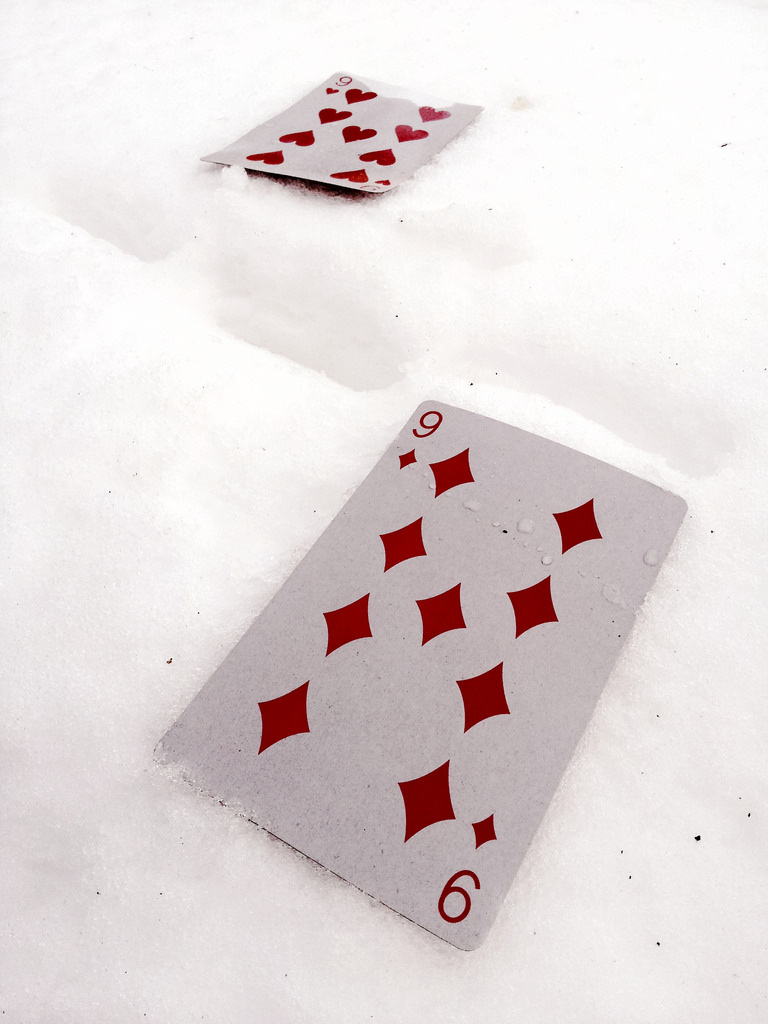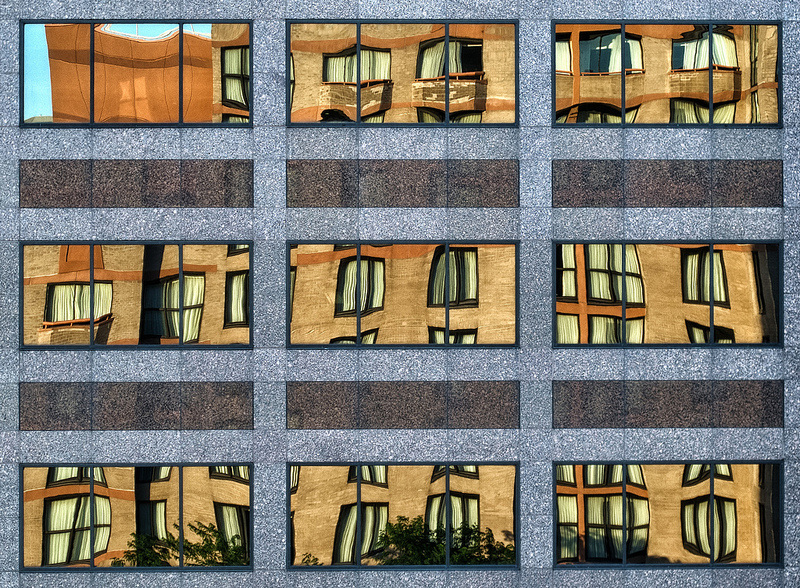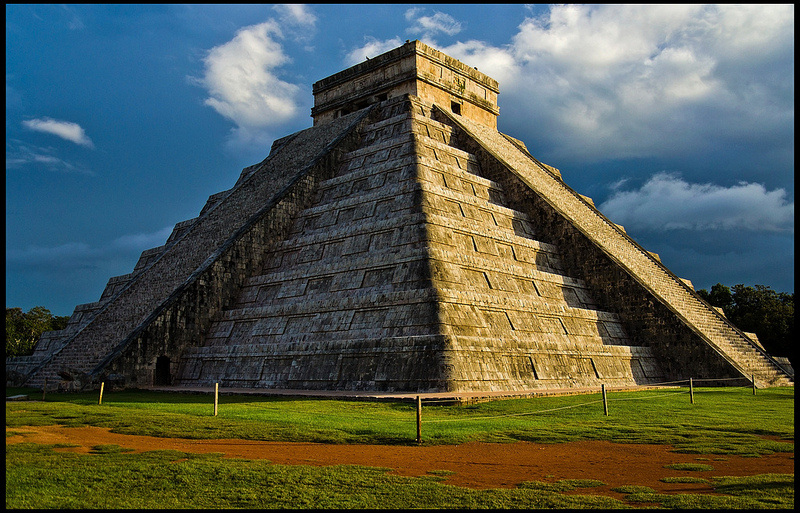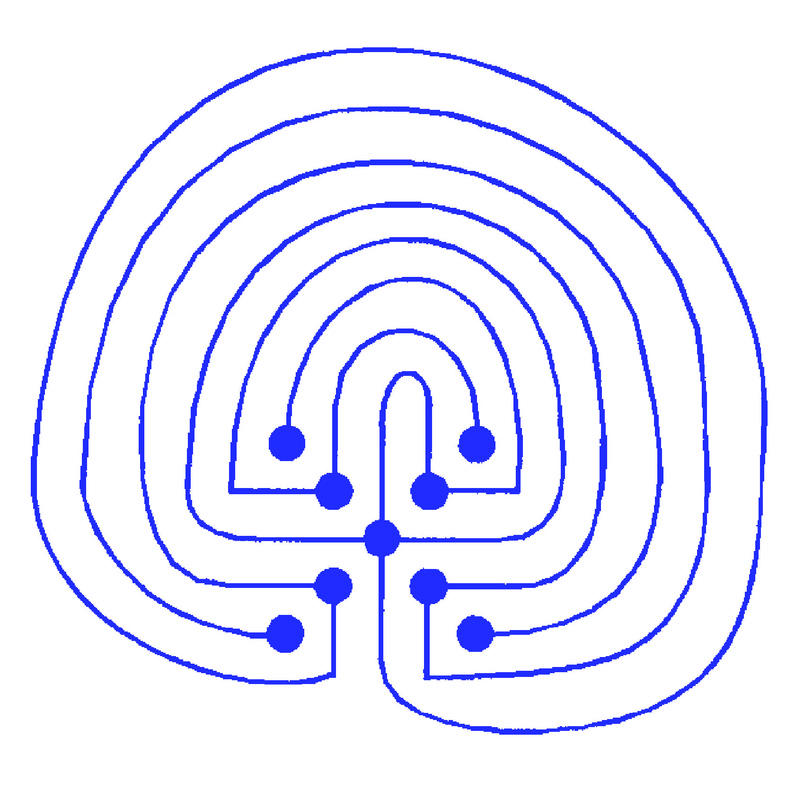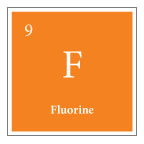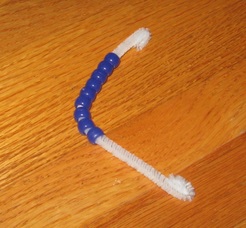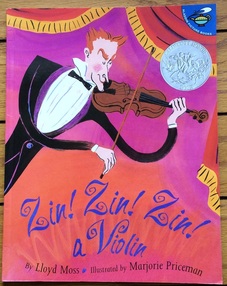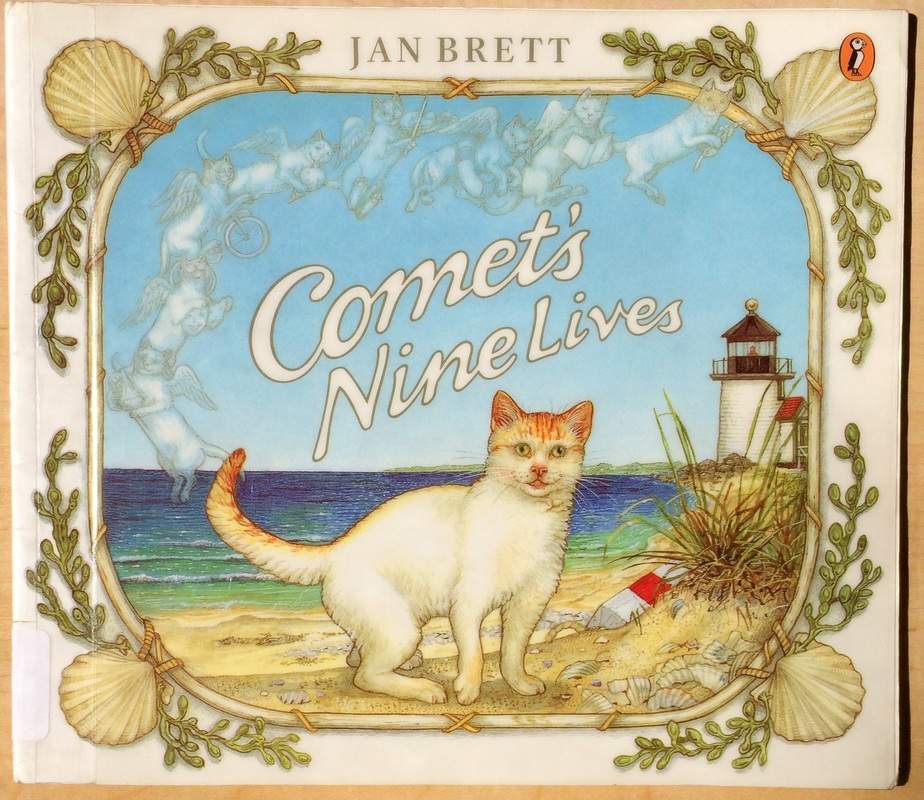| SNAP-Scaffolding for Numerical Synapses |
NINE
OBSERVING NINE WITH YOUNG CHILDREN
Observing nine includes exploring geometric expressions of nine, i.e., nonagons, nonagrams;
polyhedrons such as a nonagonal pyramid and a nonagonal prism.
polyhedrons such as a nonagonal pyramid and a nonagonal prism.
|
INTRODUCTORY ACTIVITIES
LIFE SKILLS
SENSORIAL EXPLORATION
MATH
LANGUAGE
CULTURE
History and Timelines
Art and Music
Science
Astronomy
ADDITIONAL ACTIVITIES
|
|

